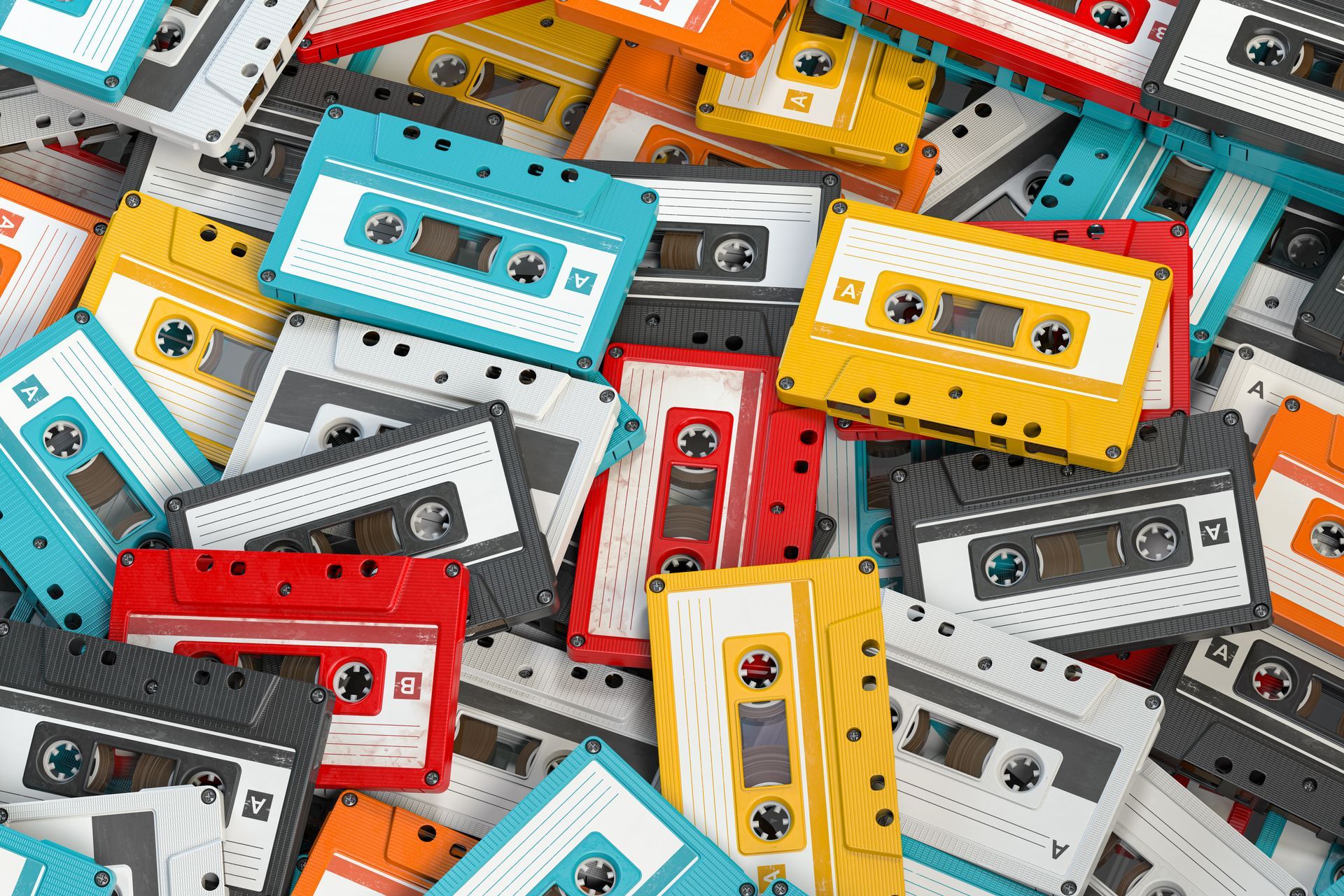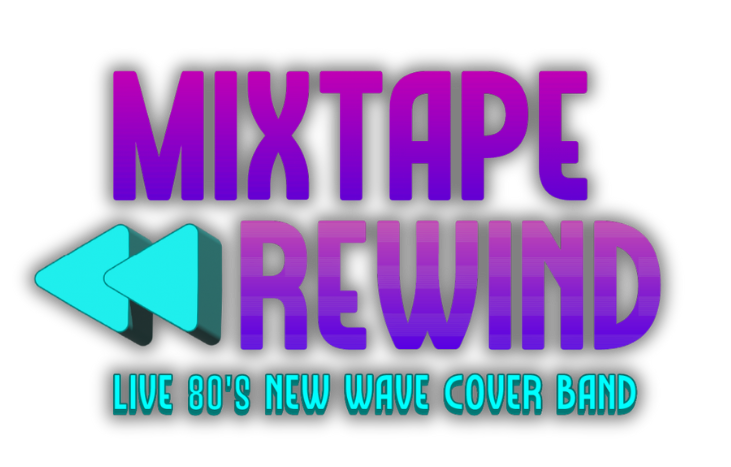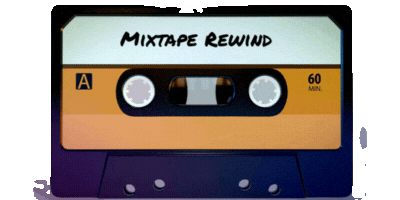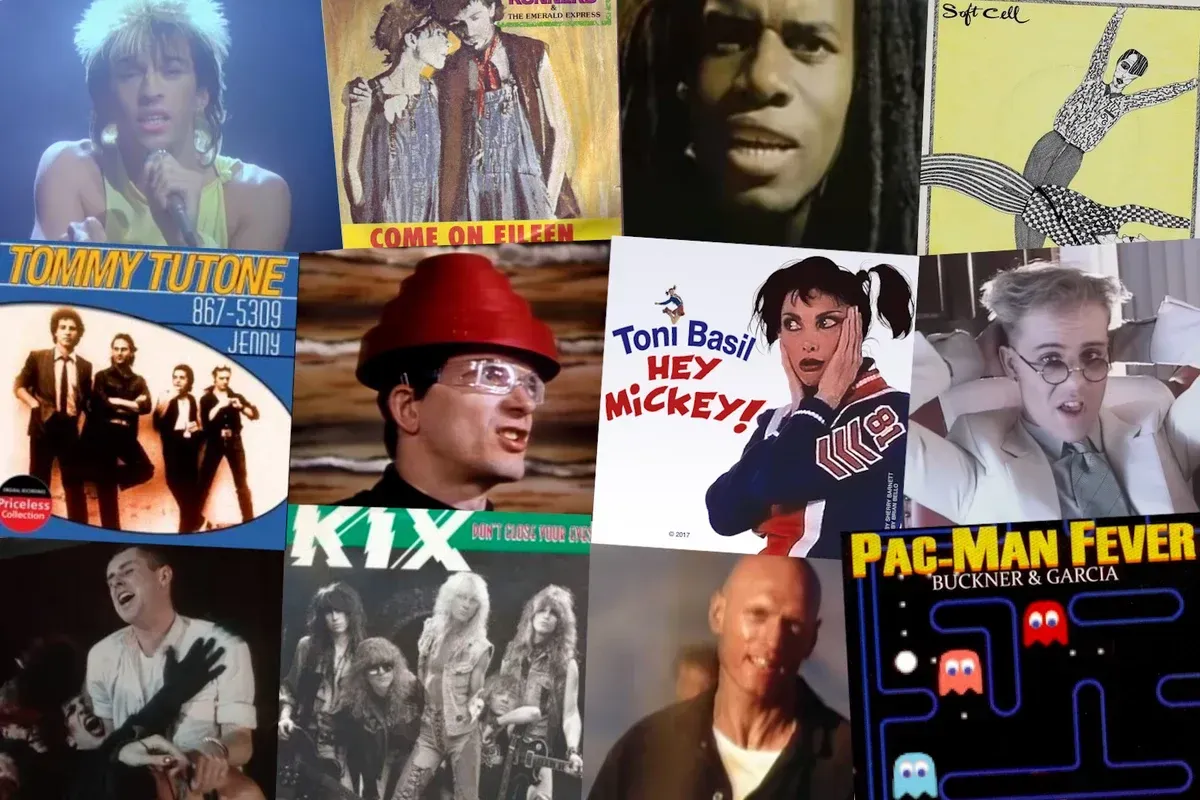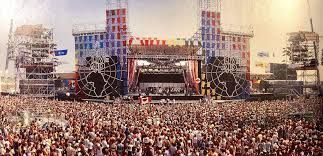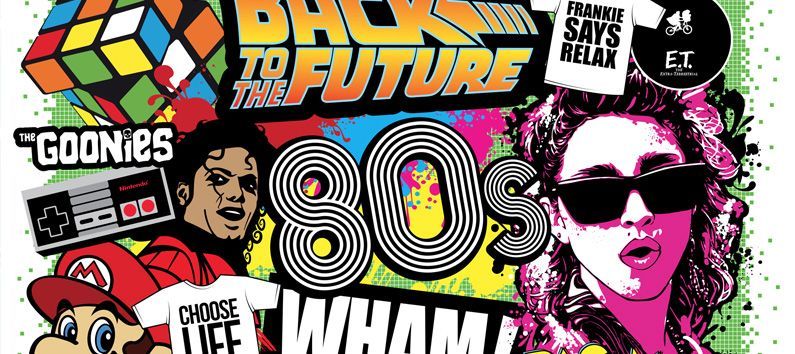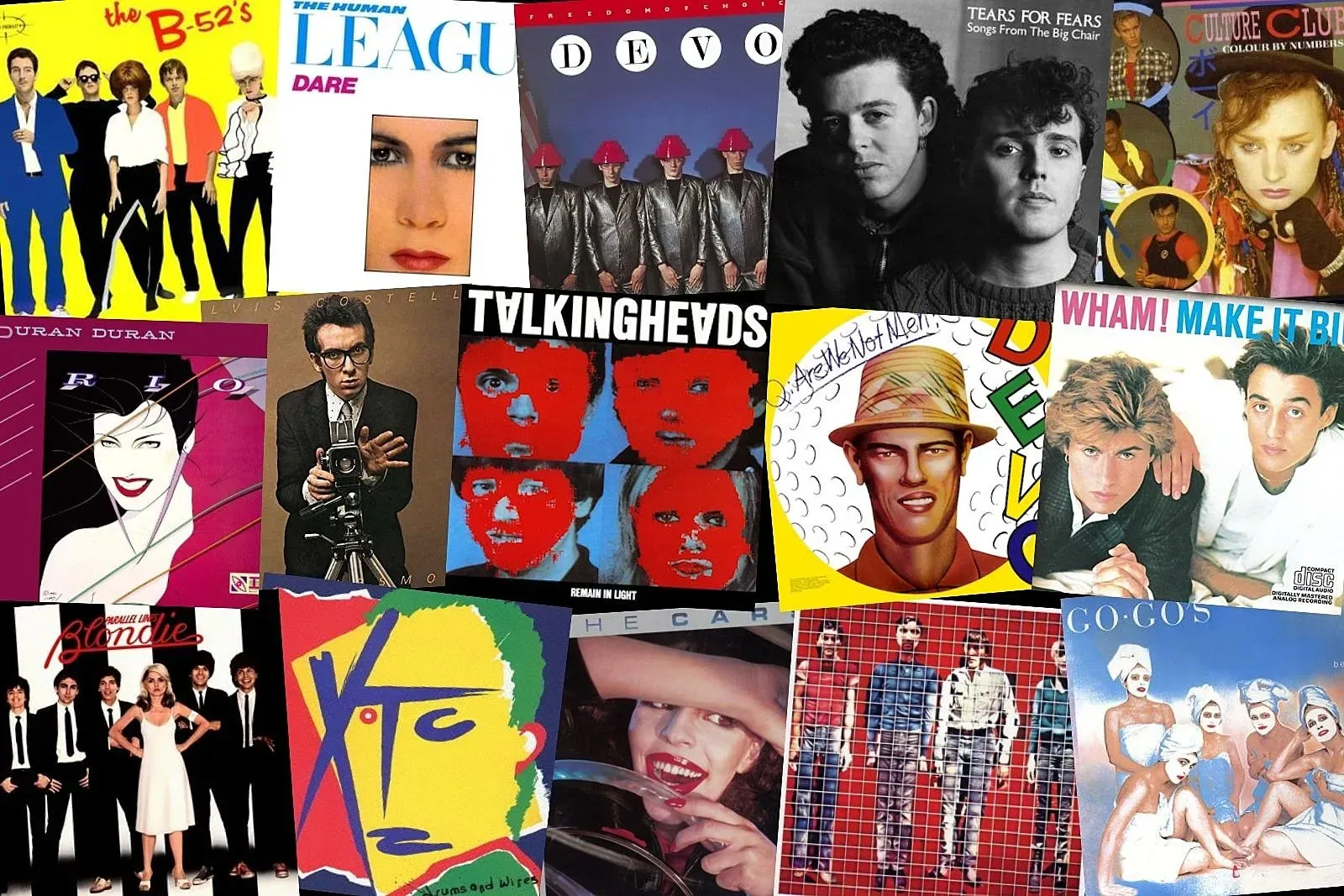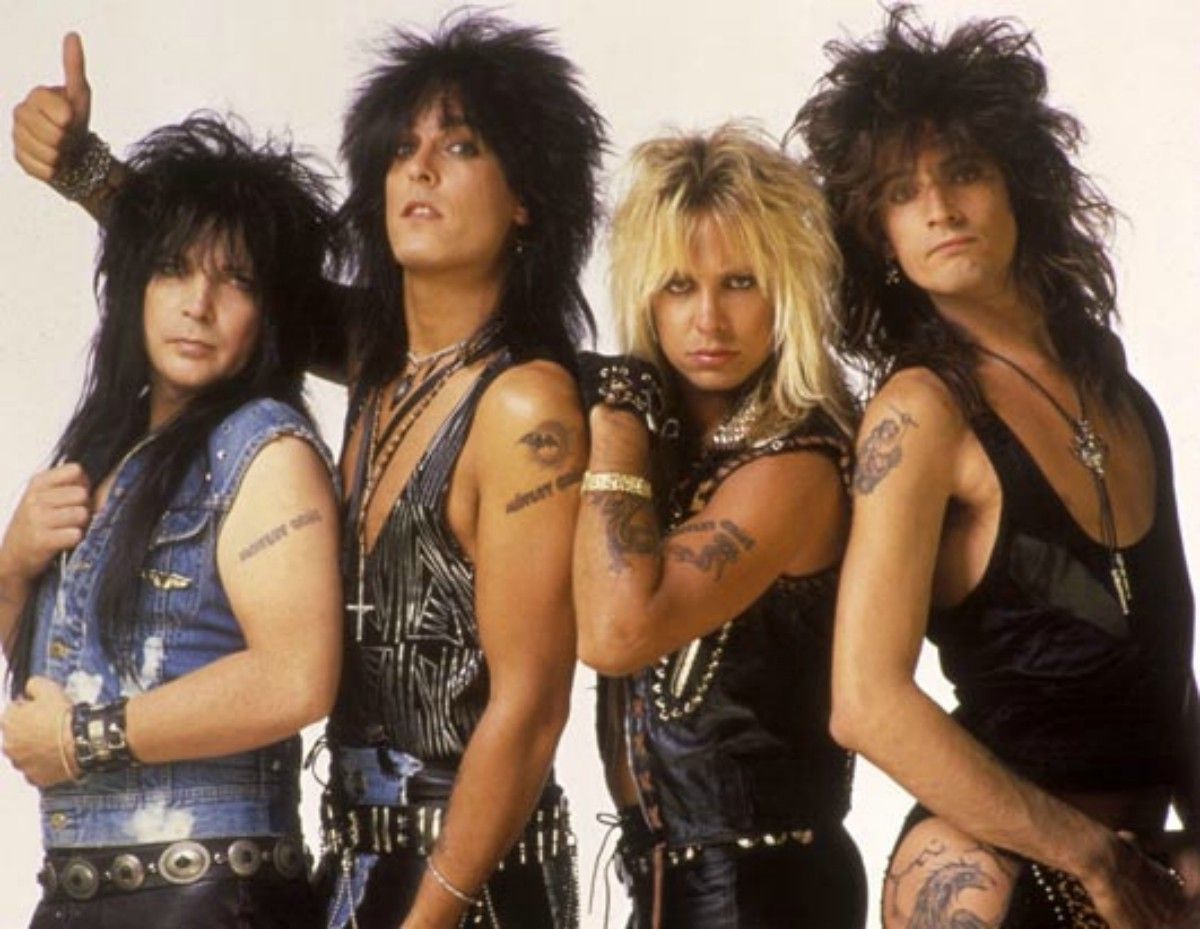The Unforgettable Movie Soundtracks That Defined the 1980s
The Unforgettable Movie Soundtracks That Defined the 1980s
The 1980s transformed movie soundtracks from background music into cultural phenomena. This decade gave us albums that dominated radio waves, shaped dance floors, and created lasting memories that still make us reach for the volume knob today.
Let's dive into the soundtracks that didn't just accompany great films—they became the heartbeat of a generation.
When Movies and Music Created Magic
The relationship between film and music reached new heights in the 80s. Studios discovered that a killer soundtrack could drive box office success while record labels realized movies provided the perfect platform to launch hit singles. This symbiotic relationship produced some of the most beloved albums in pop culture history.
Unlike previous decades, where movie music stayed firmly in the background, 80s soundtracks became standalone experiences. They captured the energy, romance, and rebellious spirit of their films while creating anthems that transcended cinema.
Top Gun: The Ultimate High-Flying Soundtrack
Release Year: 1986
Chart Performance: #1 on Billboard 200 for 5 weeks
"Top Gun" didn't just make Tom Cruise a household name—its soundtrack became the gold standard for movie albums. The collection perfectly matched the film's adrenaline-fueled aerial sequences with equally electrifying music. Kenny Loggins delivered the decade's most recognizable movie anthem with "Danger Zone." The track peaked at #2 on the Billboard Hot 100 and became synonymous with 80s excess and excitement. Its driving beat and soaring vocals captured everything audiences loved about the Reagan era's confidence
and optimism.
Berlin's "Take My Breath Away" provided the romantic counterpoint, earning the band their biggest hit and an Academy Award for Best Original Song. The power ballad's dreamy synth sounds and passionate lyrics made it the perfect soundtrack for the film's love story.
The album's success proved that movie soundtracks could stand alone as complete musical experiences. It spent 31 weeks in the top 10 and sold over 9 million copies in the US alone.
Footloose: Dancing Through Small-Town Dreams
Release Year: 1984
Chart Performance: #1 on Billboard 200 for 10 weeks
Kevin Bacon's rebellious preacher's son brought dance music to conservative Bomont, and the "Footloose" soundtrack brought that energy to radio stations nationwide. This collection showcased how movie music could tackle social themes while keeping audiences moving. Kenny Loggins struck gold again with the title track "Footloose," which topped the Billboard Hot 100 for three weeks. The song's infectious energy and rebellious lyrics made it an instant dance floor staple. Its message about breaking free from restrictive traditions resonated with young audiences fighting their own battles for self-expression.
Deniece Williams contributed "Let's Hear It for the Boy," another chart-topper that celebrated youthful romance with an irresistible groove. The track's joyful exuberance perfectly captured the film's theme of finding happiness despite obstacles.
The soundtrack's diverse roster included contributions from Bonnie Tyler, Ann Wilson of Heart, and Shalamar, creating a well-rounded collection that appealed to various musical tastes while maintaining thematic coherence.
Dirty Dancing: Romance Set to Rhythm
Release Year: 1987
Chart Performance: #1 on Billboard 200 for 18 weeks
Nobody puts this soundtrack in a corner. "Dirty Dancing" created the template for romantic drama albums, blending period-appropriate songs with contemporary hits that enhanced the film's emotional journey.
Bill Medley and Jennifer Warnes' "(I've Had) The Time of My Life" became the decade's ultimate love song, winning an Academy Award and reaching #1 on the Billboard Hot 100. The duet's building intensity mirrored Patrick Swayze and Jennifer Grey's on-screen chemistry while delivering one of the most memorable movie moments ever filmed.
The soundtrack's genius lay in its dual timeline approach. Classic tracks like "Be My Baby" by The Ronettes and "In the Still of the Night" by The Five Satins established the film's 1963 setting, while contemporary additions like Eric Carmen's "Hungry Eyes" and Patrick Swayze's own "She's Like the Wind" spoke directly to 80s audiences. This multi-generational appeal helped the album achieve massive crossover success, appealing to both nostalgia-loving adults and romance-seeking teenagers.
Flashdance: Working-Class Dreams Set to Synthesizers
Release Year: 1983
Chart Performance: #1 on Billboard 200 for 2 weeks
"Flashdance" pioneered the integration of pop music with urban storytelling, creating a soundtrack that felt authentic to its blue-collar Pittsburgh setting while delivering radio-ready hits.
Irene Cara's "Flashdance... What a Feeling" became the film's defining moment and one of the decade's most empowering anthems. The song's journey from quiet verses to explosive choruses mirrored Jennifer Beals' character's transformation from factory worker to dancer. Its message about pursuing dreams despite circumstances struck a chord with audiences facing their own economic uncertainties.
The album also featured "Maniac" by Michael Sembello, a high-energy track that perfectly captured the film's intense training montages. Originally written about a serial killer, the song was cleverly repurposed to describe someone obsessed with dancing—proving that great movie music often comes from unexpected places. These tracks helped establish the template for 80s workout culture, with their driving beats and motivational lyrics becoming gym staples that remain popular today.
The Cultural Impact Beyond the Charts
These soundtracks didn't just sell records—they shaped how we remember the 1980s. They captured the decade's optimism, its embrace of technology, and its belief that individuals could overcome any obstacle through determination and self-expression.
The success of these albums encouraged artists to take movie soundtrack work seriously. Major stars like Prince, Phil Collins, and Madonna began creating original material specifically for films, elevating the entire industry's standards.
MTV played a crucial role in this phenomenon, giving movie songs visual components through music videos and film clips. This multimedia approach created deeper connections between audiences and the music, making songs inseparable from their cinematic moments.
Artists Who Defined the Era
Kenny Loggins emerged as the undisputed king of movie themes, contributing to "Footloose," "Top Gun," and "Caddyshack." His ability to create anthemic, radio-friendly tracks that enhanced film narratives made him the studios' go-to artist for soundtrack work.
Irene Cara proved that movie songs could launch careers, using "Fame" and "Flashdance... What a Feeling" to establish herself as a voice of determination and aspiration.
Berlin showed how new wave bands could create romantic ballads without losing their edge, with "Take My Breath Away" becoming their signature song and a template for cinematic love themes.
These artists understood that great movie music serves dual purposes: advancing the film's story while standing alone as complete musical statements.
The Legacy Lives On
Today's streaming playlists still feature these 80s soundtrack classics, proving their enduring appeal. Wedding DJs know that "Time of My Life" will fill dance floors, while "Danger Zone" continues to pump up sports stadiums and workout sessions.
Modern filmmakers still chase the magic these soundtracks created, seeking that perfect marriage of song and story that can transform a good movie into a cultural phenomenon. The rise of the music supervisor as a crucial film role traces directly back to the success of these 80s albums.
These soundtracks remind us why the 1980s remain such a beloved cultural touchstone. They captured a moment when movies, music, and audiences came together to create something larger than entertainment—they created shared experiences that continue to unite generations through the power of unforgettable songs.
The most popular 80s movie soundtracks succeeded because they understood their audiences' dreams, fears, and aspirations. They provided the perfect musical backdrop for stories about breaking free, finding love, and believing in yourself—themes that remain as relevant today as they were four decades ago.
